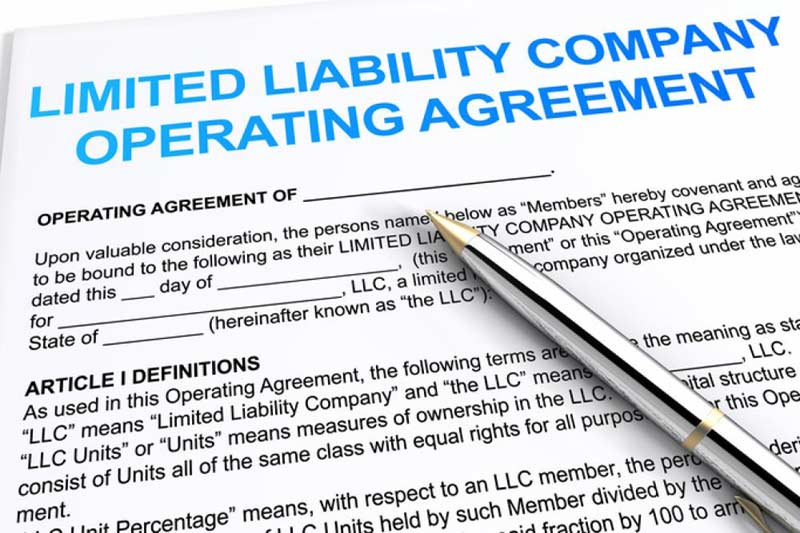Category: Legal Advice
Five Reasons You Should Speak With a Family Lawyer About Child Custody

Child custody arrangements can be complicated, especially if they need to be organized during a tough separation. In many cases, child custody arrangements will be dealt with by the courts, carefully outlined, and will need to be followed closely.
However, child custody arrangements won’t always work in your favour. Because of this, it’s very important to think carefully about hiring a family lawyer to help you argue your case. Even if you don’t end up in court, child custody is still a complicated thing to agree on, and a lawyer will be able to streamline the process.
Below are our top five reasons why you should speak with a lawyer about child custody. They include:
- They Will Help Streamline the Process
Child custody cases generally take some time to work through, and they can become complicated and stressful for your children and you. Having the support of a family lawyer specializing in child custody disputes will ensure things are as easy as possible for you. For example, a lawyer will be able to help you argue your case with regards to why you should get custody or joint custody of your children, giving you a much higher chance of winning.
Read FullDigital Forensics for Lawyers – The Electronic Commandments

What is forensic evidence in a criminal matter. It’s a near certainty in today’s mobile culture that your criminal lawyer will need to deal with traces of digital evidence somewhere in your criminal case. In cases where information is hidden, erased or altered in some way forensics allows us to discover more information, to draw additional conclusions about existing evidence and even find new material.
It’s important to know where to find the digital bread crumbs. Each day new locations for data are created, new methods of communication, new programs designed to store, encrypt, or automatically erase critical information are deployed. But where should you look? It’s important to have a checklist that is growing all the time but includes at least the following:
- Computers: Servers, Laptops, Desktop Computers, and Tablets
- ISPs (Internet Service Providers). Comcast, Viacom, etc.
- Cell Phones: Smart phones, iPhones, Android devices, Blackberries (yes, they are still in use)
- Tablets: Android, iOS (iPads)
- Wearables: Android glasses, Google glasses, smart watches, fitness tracking devices (e.g. fitbit)
- Cloud providers: iCloud accounts, Google docs, Dropbox, Windows Live, Social Media (LinkedIn, Facebook, Twitter, Snapchat, etc.)
- Emails: Computer-based, mobile devices, cloud based (Gmail, etc.)
Forensic evidence may even be available from “old school” technology such as
Read FullDrafting Asset Purchase Agreements

Acquisitions can be effected in various ways. It may be best to structure the acquisition as an asset purchase, a stock purchase, a stock purchase treated as an asset purchase for tax purposes, or a merger. This article focuses on drafting asset acquisitions.
Clarity is key. Conciseness helps. Lawyers must pay special attention in providing clear descriptions of the following: (1) purchase price; (2) purchase price adjustments; (3) included assets; (4) excluded assets, (5) assumed liabilities; (6) excluded liabilities; (7) seller’s representations and warranties on the physical condition of assets and the financial condition of the related business; (8) the parties’ pre-closing covenants [commitments] and negative covenants [prohibitions]; (9) the parties’ post-closing covenants and negative covenants; (10) indemnification by seller and buyer; (11) conditions to closing; and (12) remedies for breach.
Most relatively complicated asset purchase agreements place the definitions of terms at the front of the document following the recitals that provide the background of the transaction. Some practitioners prefer to place the definitions at the end of the document. In general, the more complicated the transaction, the more important the definitions. A term may be defined in an uncommon way. Reference to the precise definition is the only way to make sense of the body of the agreement. Placing the definitions front and center emphasizes their importance. A novice who reads the body of the agreement before referring to the definitions may be in for a rude awakening.
Read Full